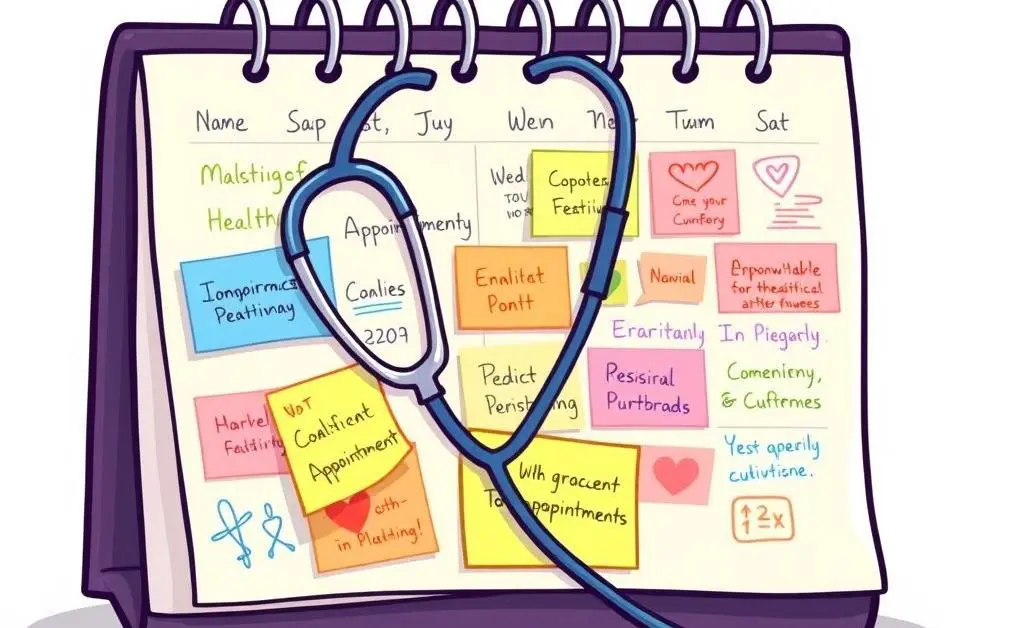Understanding Good Faith Estimates in Health Insurance
What you need to know about good faith estimates and your health insurance rights.

Ever wondered what happens when you sit down with your health insurance paperwork and start seeing terms like "good faith estimate" flying around? If so, welcome to adulthood, where deciphering health insurance lingo feels like attempting a complex puzzle without an edge piece in sight.
Understanding the intricacies of health insurance can not only save you a headache but some serious cash, too!
What Exactly is a Good Faith Estimate?
A good faith estimate (GFE) is a ballpark figure provided by healthcare providers, giving you an idea of what your out-of-pocket costs might be for a medical procedure. It helps you anticipate expenses before committing to any treatment.
Back in the day, you'd show up for care and only realize the financial impact weeks later when an overwhelmingly large bill greeted you in the mail. Not anymore, thanks to the No Surprises Act, which ensures patients have the upper hand by getting cost estimates upfront.

Why It's More Than Just a Number
While a GFE does offer a financial preview, it's just that—a preview. Think of it like a weather report: sometimes they predict rain, and you end up in sunny rays. Here's what to keep in mind:
- Scope: GFEs cover only the planned procedures, excluding potential surprises like complications or additional treatments that could alter the cost.
- Valid Time Frame: These estimates are not chiseled in stone. They're based on the current understanding of your treatment needs and valid at that specific moment.
- Comparison Shopping: Use it as a tool to compare costs among providers—kinda like checking various stores before buying that new gadget.
Personal Anecdote: Jane's Reality Check
Picture this: Jane was planning a minor outpatient surgery. Eager to budget, she requested a good faith estimate and mentally prepared for the cost. To her shock (and relief!), post-surgery, the actual bill was slightly less than the estimate because certain expected procedures turned out unnecessary. Jane's preparedness gave her peace of mind—and a tiny victory dance.

How to Use Your GFE Wisely
So, what should you do when you get your hands on a GFE? Here are a few smart steps:
First, thoroughly examine the list of services and their costs. If something seems off, ask questions. It's your right to understand every line. Ensure any financial terms align with your insurance benefits. Lastly, compare different providers if possible to snag the best rate.

Remember, healthcare is a significant investment in yourself, and a GFE is an empowerment tool!
Conclusion: Navigating the Healthcare Maze
Decoding health insurance may feel like an uphill battle, but armed with knowledge about good faith estimates, you're one step closer to mastering financial peace in healthcare.
Ever had an experience where your good faith estimate surprised you either way? Share your story and insights below—let's unravel this complex web together!




